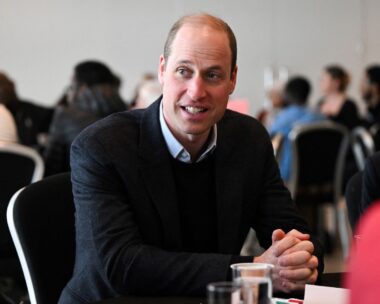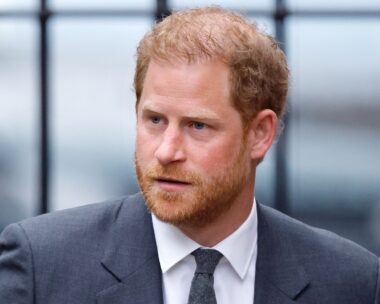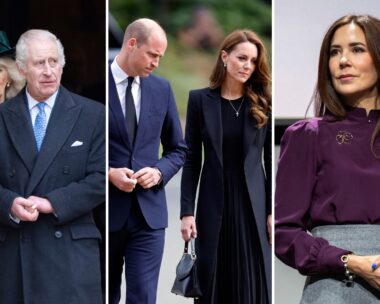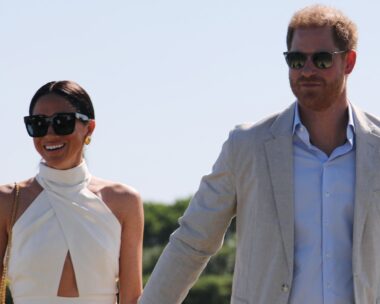From Queen Victoria’s infamous “Kensington System”, Henry VIII’s royal cot rocker, and McDonald’s with Diana, Kate Middleton is carving out her own parenting path amidst the outraged cries of royal traditionalists. The Weekly takes a look back at the lives and upbringings of Kings and Queens, and what it really takes to raise a monarch of England.
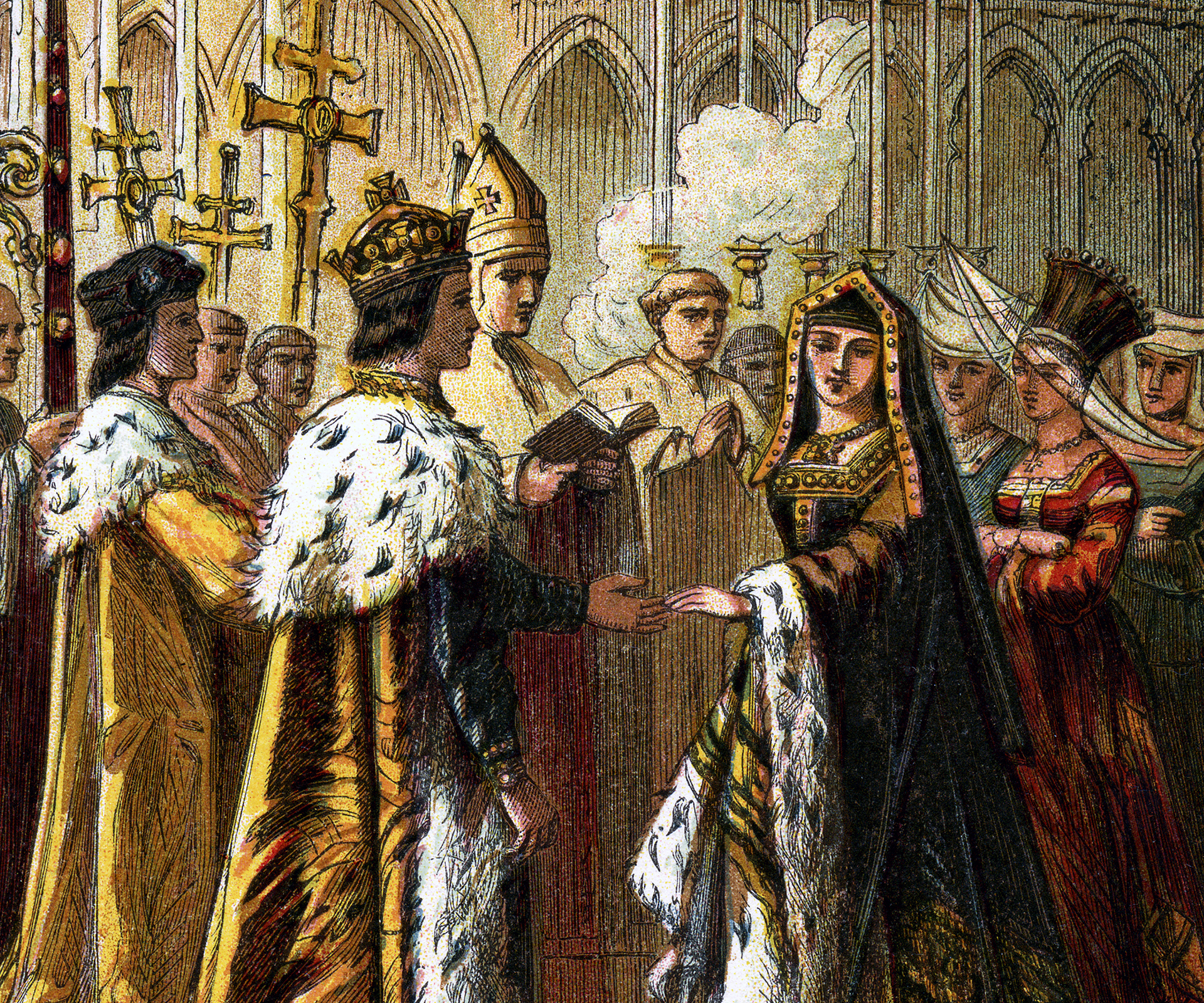
Henry VII & Elizabeth of York
Henry VII & Elizabeth of York: The accounts of the Tudor court show that Henry VII and Elizabeth of York’s son, King Henry VIII had two state appointed cradle rockers, who were each paid £3 a year, and a rota of wet nurses on a lucrative £10, but we also know that the boy was brought up under suffocating restrictions, imposed by his father to keep him – and the dynasty – safe from harm.
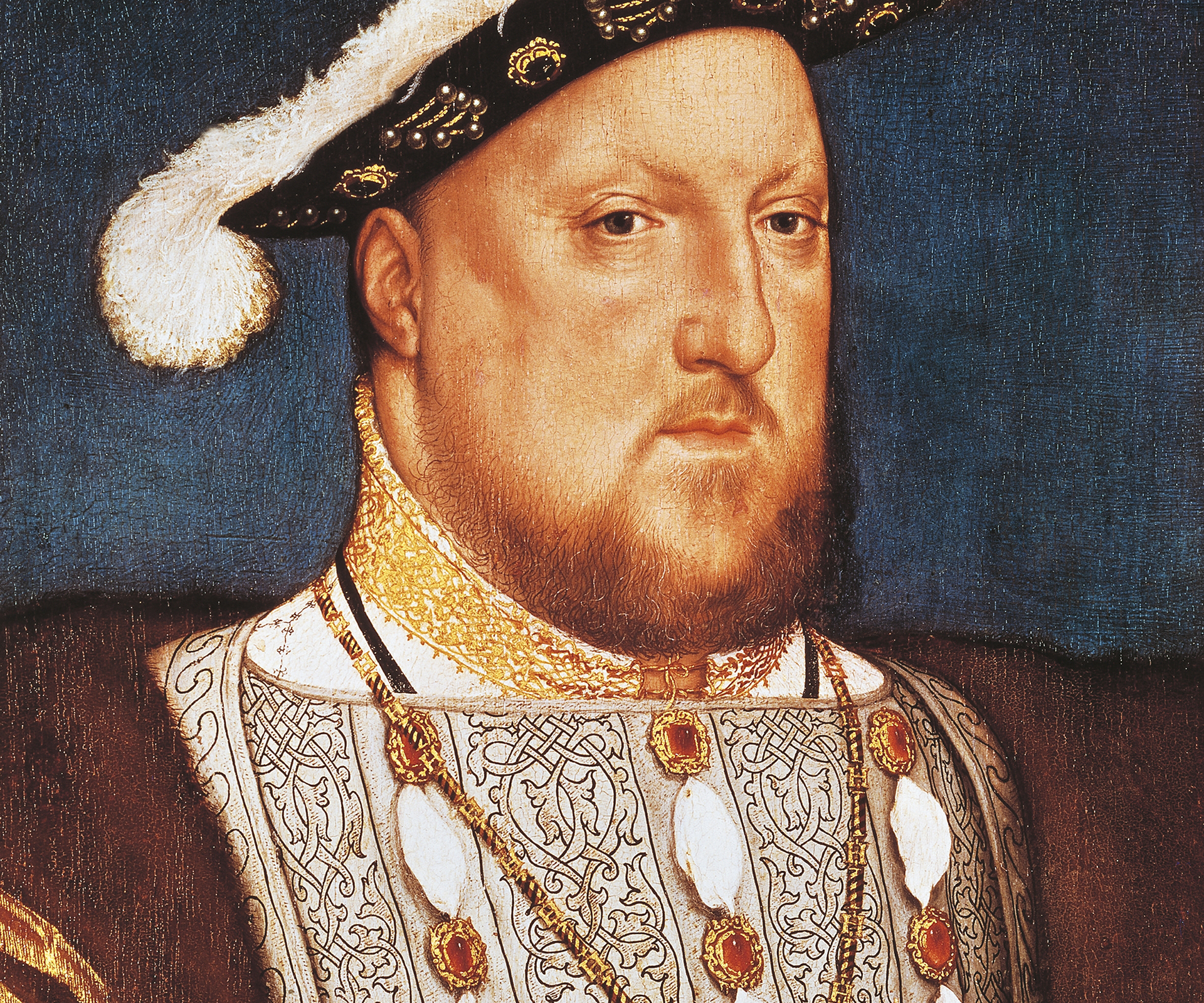
Henry VIII & Anne Boleyn
Henry VIII & Anne Boleyn: Henry’s own daughter, the future Elizabeth I, was sent away to the country at the age of three months – ostensibly to protect her from plague – and given her own household that included nurses, governesses, dressmakers, even a private secretary. When she was three, her mother, Anne Boleyn, was executed on Henry’s orders and Elizabeth, now effectively orphaned, channelled her despair into learning. Formidably well-read and fluent in six languages, she grew up to be one of England’s greatest queens, but her triumphant reign fuelled the idea that a tough upbringing made for a better monarch.
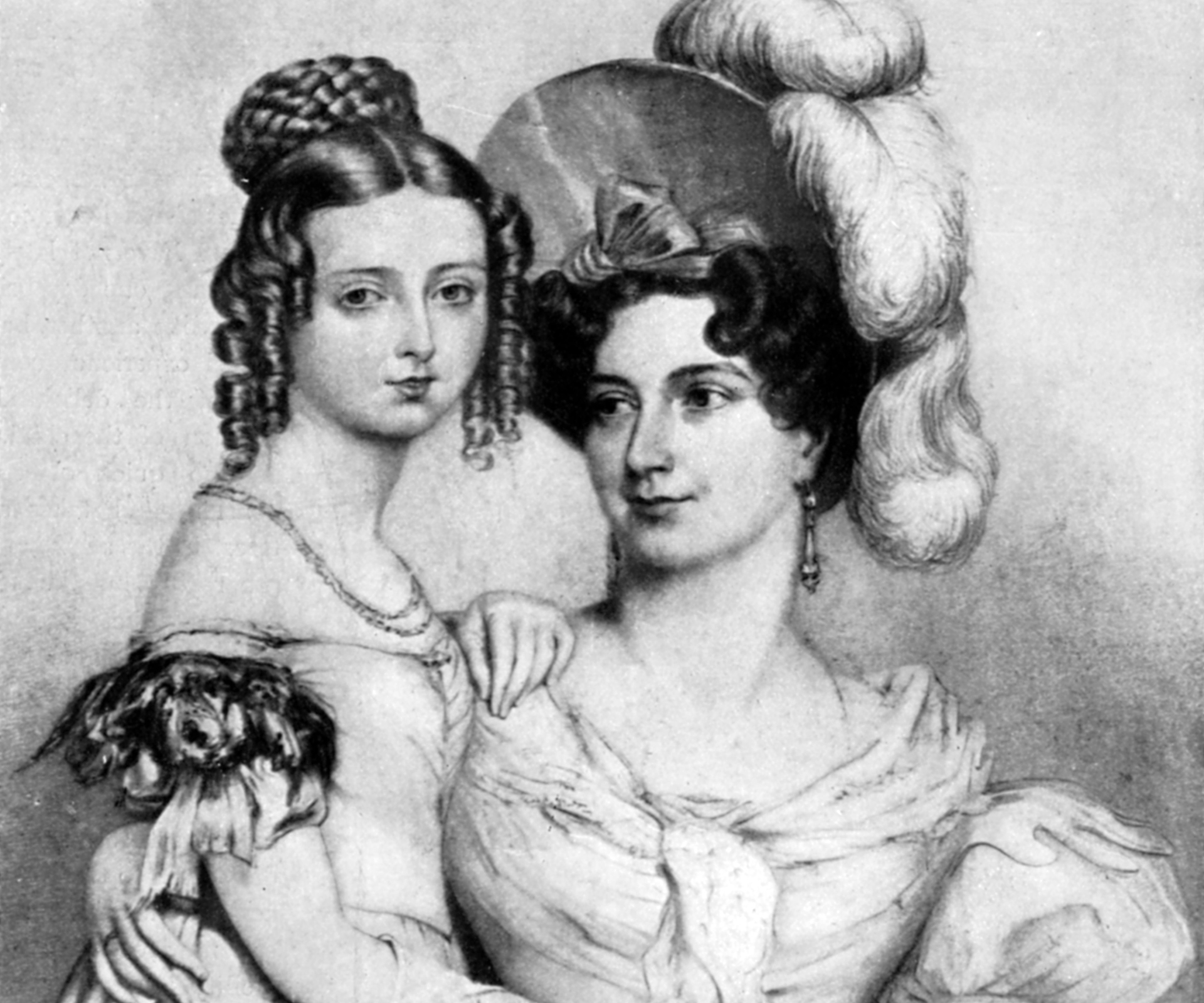
John Conroy & Duchess of Kent
John Conroy & Duchess of Kent: Queen Victoria, born in 1819, was brought up under the notorious “Kensington System” devised by her widowed mother, the Duchess of Kent, and a powerful equerry, John Conroy, which sought to imbue the girl with a sense of regal purpose – but also to make her dependant and compliant with her ambitious mother’s wishes. The system required constant surveillance of the young Princess down to what Conroy called “the smallest and most insignificant detail”. It was, as Victoria unsurprisingly wrote later, “a rather melancholy” childhood, yet one which seems to have shaped the Queen’s detached, often disdainful, attitude to her own children.
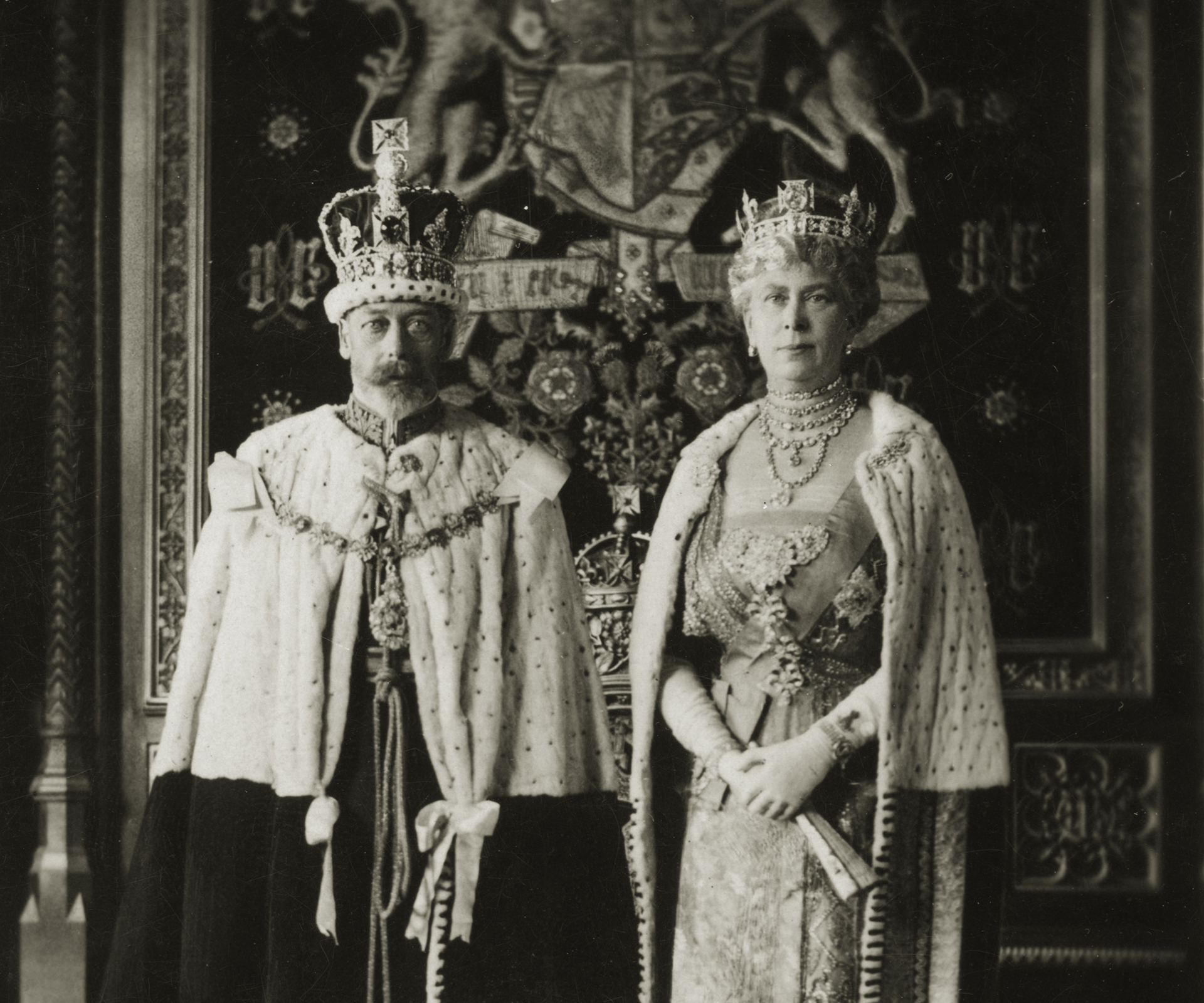
George V & Queen Mary
George V & Queen Mary: The future Edward VIII was allowed a daily one-hour audience with his father, George V. If the boy was considered to be inappropriately dressed for the meeting, he would be sent away to change and if the replacement outfit was also thought unsuitable, the audience would be cancelled and the boy punished.
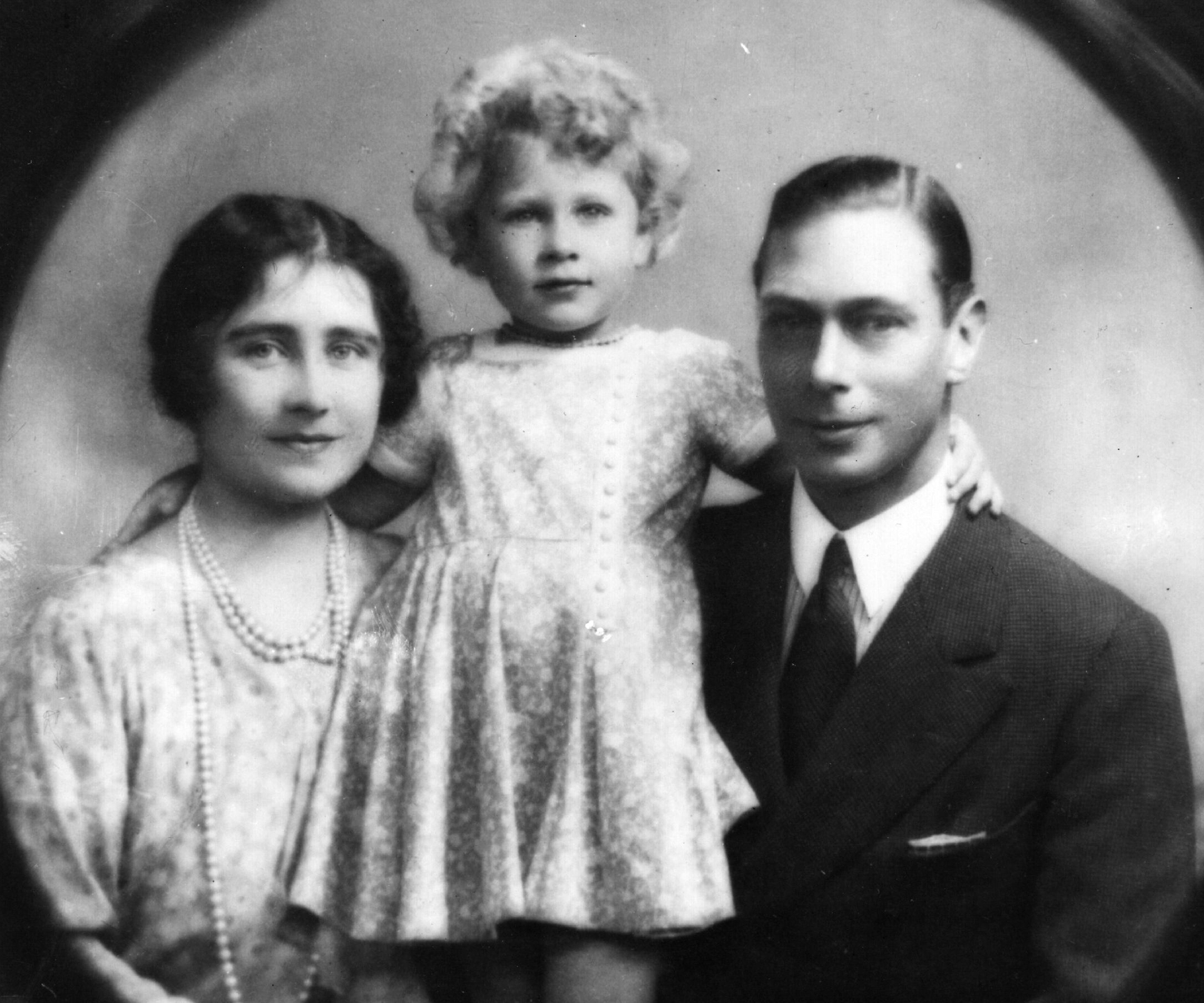
George VI & Queen Elizabeth
George VI & Queen Elizabeth: The present Queen was raised in a terraced London house and allowed exceptional freedoms, including joining a Girl Guide troop – largely on the assumption that she would never be needed for the top job. Yet Elizabeth reverted to tradition with her own children, putting absolute devotion to duty first and making clear that everything else, including motherhood, would have to fit in around it.
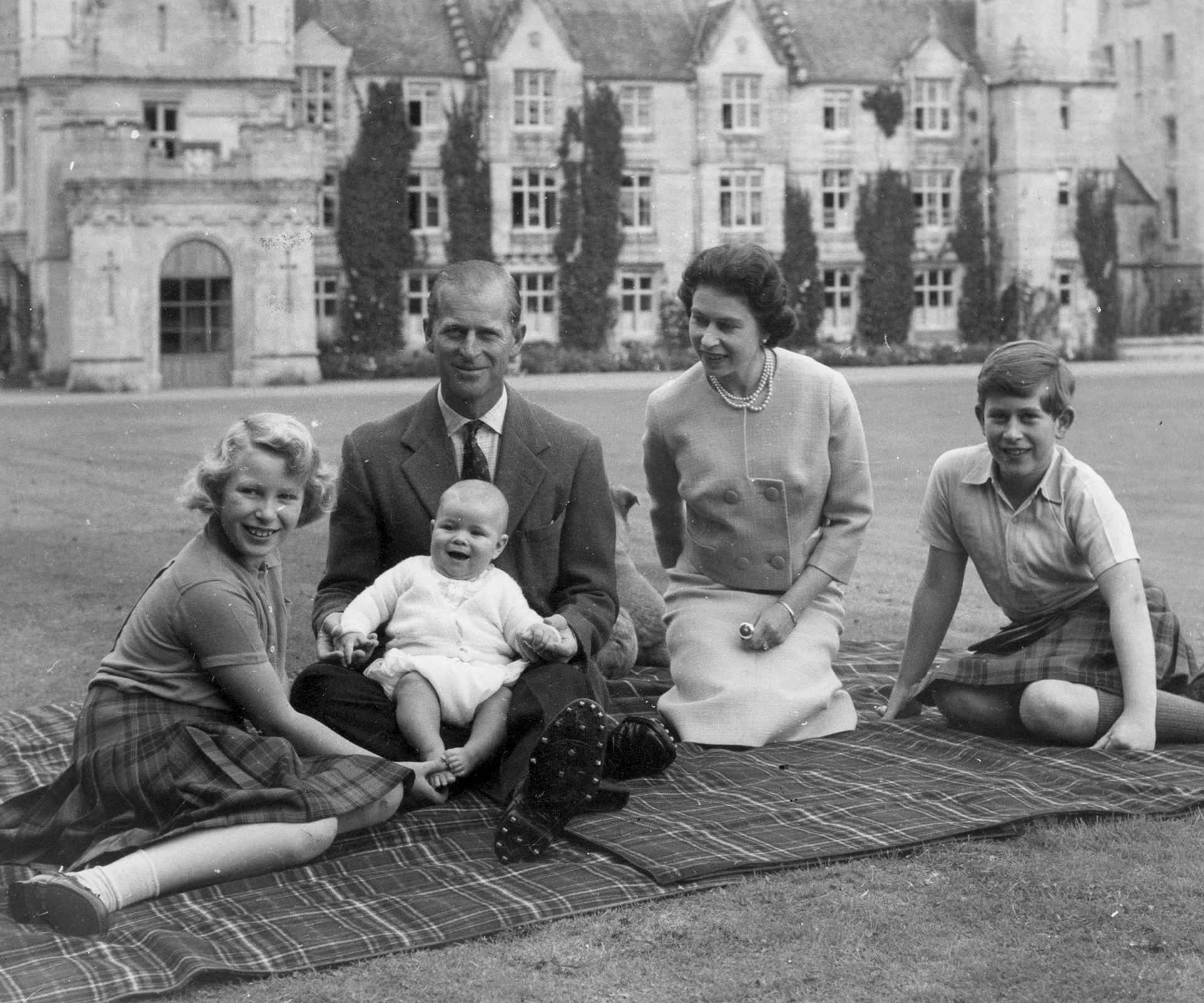
Elizabeth II & Prince Philip
Elizabeth II & Prince Philip: “Never, not even as a baby, did he have his mother entirely to himself,” writes Penny Junor in her semi-authorised biography of the Charles, Prince of Wales. “His mother saw him for half an hour after breakfast, looked in on him briefly at lunchtime and spent perhaps another half hour with him before he went to bed.” In order to “toughen him up”, his father, Prince Philip sent Charles to a forbidding private school in the Scottish Highlands with no central heating and 6.30am cold showers.

Prince Charles & Diana, Princess of Wales
Prince Charles & Diana, Princess of Wales: The first real blows to the strict system of child-rearing were delivered by Diana, Princess of Wales, who was determined – as Catherine is now – that her children should not only have a warmer introduction to royal life, but a fuller sense of life beyond. William and Harry were allowed to accompany their parents on overseas trips, taken to concerts and amusement parks, and largely spared the attentions of traditionally redoubtable nannies. To appease Prince Philip, William and Harry were immersed in such hallowed royal pursuits as stag hunting and salmon fishing, and sent as boarders to Britain’s most illustrious school, Eton College.
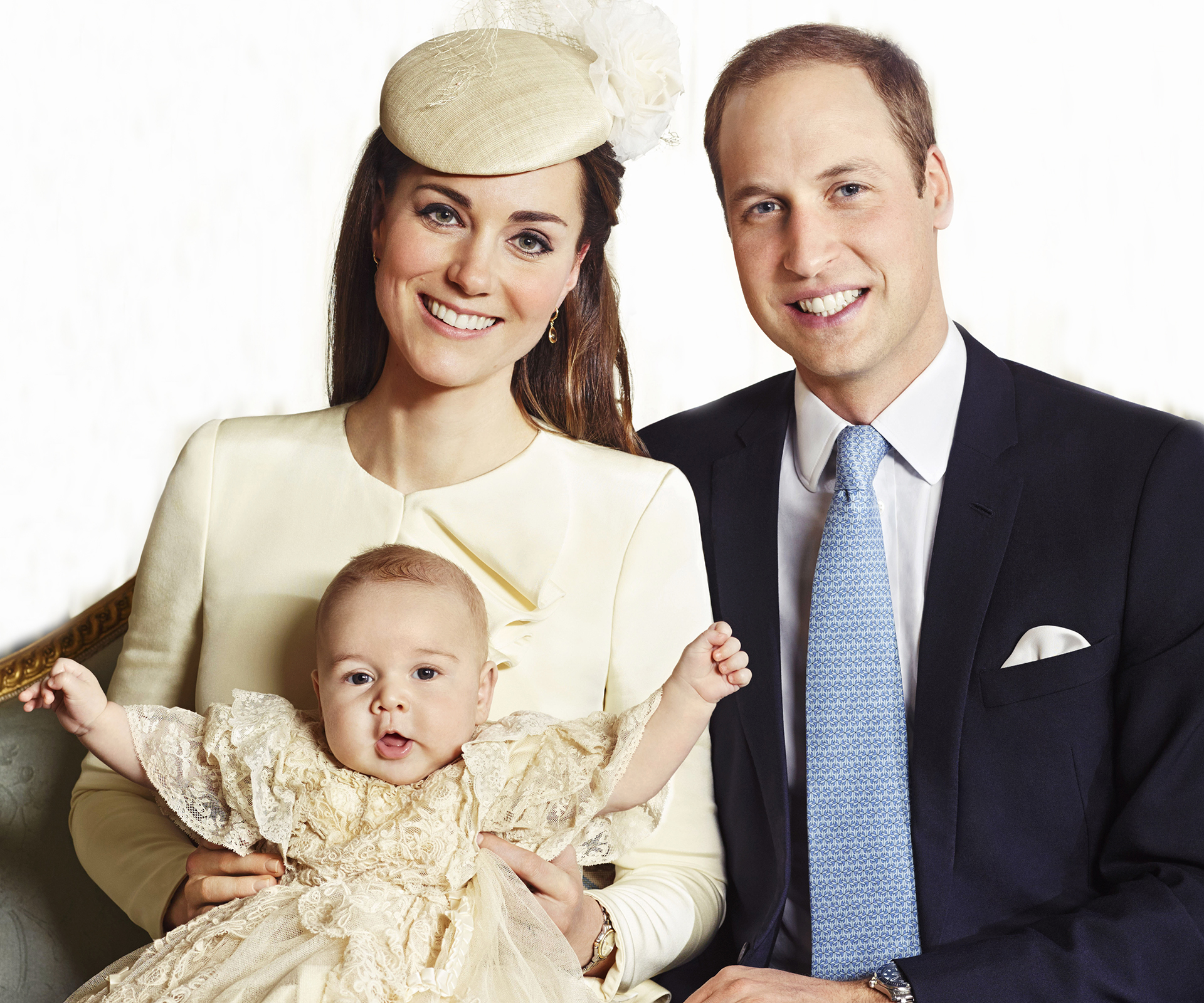
Prince William & Catherine, Duchess of Cambridge
Prince William & Catherine, Duchess of Cambridge: As William himself put it in a TV interview, “Kate’s got a very, very close family. Mike and Carole have been really loving and caring, and real fun. They have been so welcoming towards me that I’ve felt a part of the family.” The Cambridges, therefore, intend to do with as small a staff of helpers as their official duties permit and to make life as “21st century real” as they can for their children. Prince George accompanies his parents on royal tours and appearances, but otherwise lives a quiet life at Kensington Palace with his nanny.
.jpg)
